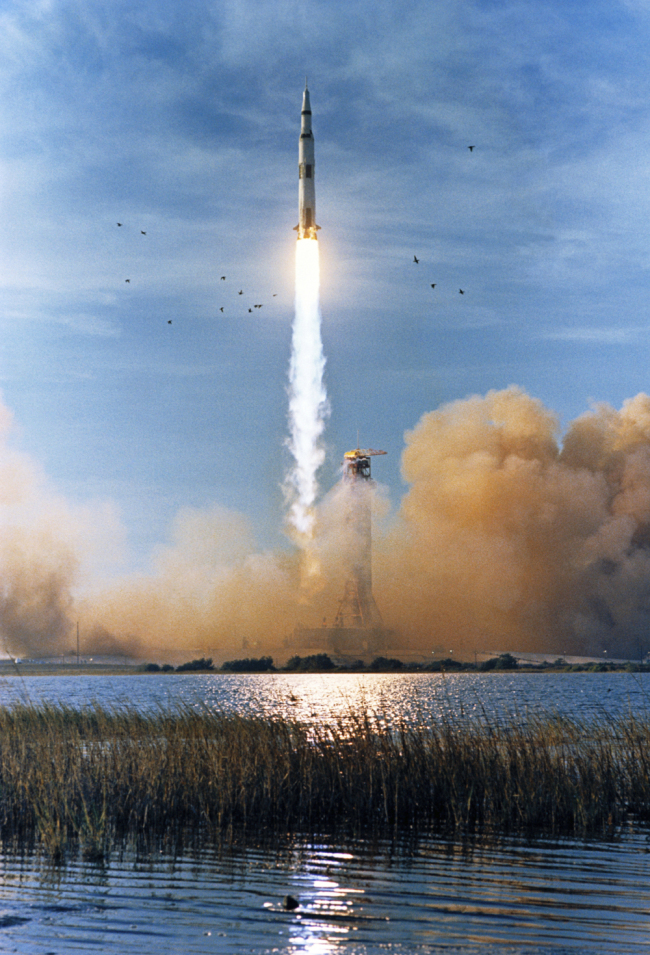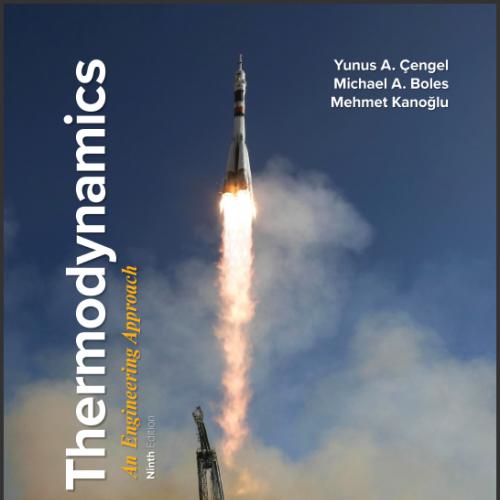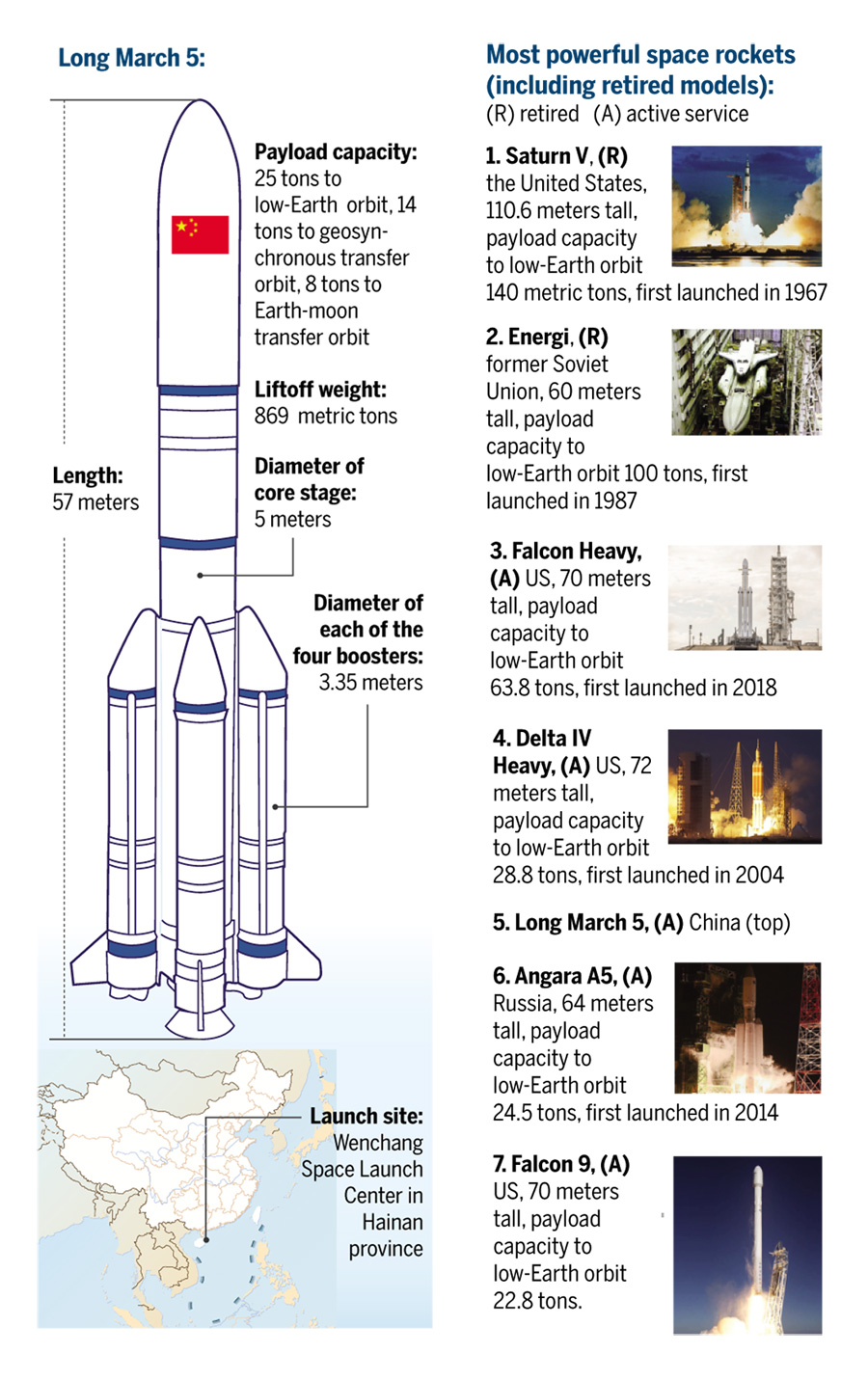"The Thrilling Journey of a Rocket: A Rocket Travels Vertically at a Speed of 1200 mph"
#### A Rocket Travels Vertically at a Speed of 1200In the realm of aerospace engineering and space exploration, the phrase **"a rocket travels vertically at……
#### A Rocket Travels Vertically at a Speed of 1200
In the realm of aerospace engineering and space exploration, the phrase **"a rocket travels vertically at a speed of 1200"** mph evokes a sense of excitement and wonder. Rockets are not just engineering marvels; they are the embodiment of human ingenuity and the relentless pursuit of knowledge beyond our planet. This title encapsulates the exhilarating experience of a rocket launch, where the sheer force of propulsion sends the vehicle soaring into the sky at incredible speeds.
#### The Science Behind Rocket Propulsion
To understand how **a rocket travels vertically at a speed of 1200** mph, we must delve into the science of rocket propulsion. Rockets operate on Newton's Third Law of Motion: for every action, there is an equal and opposite reaction. When a rocket's engines ignite, they expel exhaust gases downwards at high velocity. This action creates an upward thrust that propels the rocket into the atmosphere.
Modern rockets utilize a combination of liquid and solid fuels to achieve the necessary thrust. The fuel combustion generates immense heat and pressure, which is directed through nozzles to maximize efficiency. As a result, rockets can achieve speeds that are not only impressive but essential for breaking free from Earth's gravitational pull.
#### The Stages of a Rocket Launch
When we talk about **a rocket travels vertically at a speed of 1200**, it's important to understand the stages involved in a rocket launch. Typically, a rocket goes through several phases:

1. **Liftoff**: The moment the engines ignite, and the rocket begins its ascent.
2. **Ascent**: The rocket travels through the atmosphere, gradually increasing its speed.
3. **Stage Separation**: Many rockets are designed in stages. Once the fuel in the first stage is depleted, it detaches, and the next stage ignites.
4. **Orbit Insertion**: If the mission requires it, the rocket may enter a stable orbit around Earth or continue on a trajectory toward its destination, such as the Moon or Mars.
Each of these stages is meticulously planned and executed to ensure the rocket reaches its intended altitude and speed, often exceeding **1200 mph** during the ascent phase.

#### The Role of Technology in Modern Rocketry
The advancement of technology has significantly improved the capabilities of rockets. Innovations in materials science, computer modeling, and propulsion systems have allowed engineers to design rockets that are faster, safer, and more efficient. For example, the use of lightweight composite materials reduces the overall weight of the rocket, enabling it to reach higher speeds with less fuel.
Moreover, advancements in guidance systems and telemetry have enhanced the precision of rocket launches. Engineers can now monitor the rocket's trajectory in real-time, making adjustments as necessary to ensure a successful mission.
#### The Future of Rocket Travel
As we look to the future, the concept of **a rocket travels vertically at a speed of 1200** mph is just the beginning. With the advent of reusable rocket technology, companies like SpaceX are revolutionizing space travel. Reusable rockets can significantly reduce the cost of launching payloads into space, making it more accessible for scientific research, satellite deployment, and even space tourism.

Additionally, the exploration of deep space missions is on the horizon. As we develop more advanced propulsion systems, such as ion drives and nuclear thermal propulsion, the speeds we once thought were unimaginable may soon become a reality.
#### Conclusion
In conclusion, the phrase **"a rocket travels vertically at a speed of 1200"** mph symbolizes the pinnacle of human achievement in aerospace technology. From the science of propulsion to the intricate stages of a launch, every aspect of rocketry is a testament to our quest for exploration and understanding of the universe. As we continue to push the boundaries of what is possible, the future of rocket travel promises to be even more thrilling and transformative.